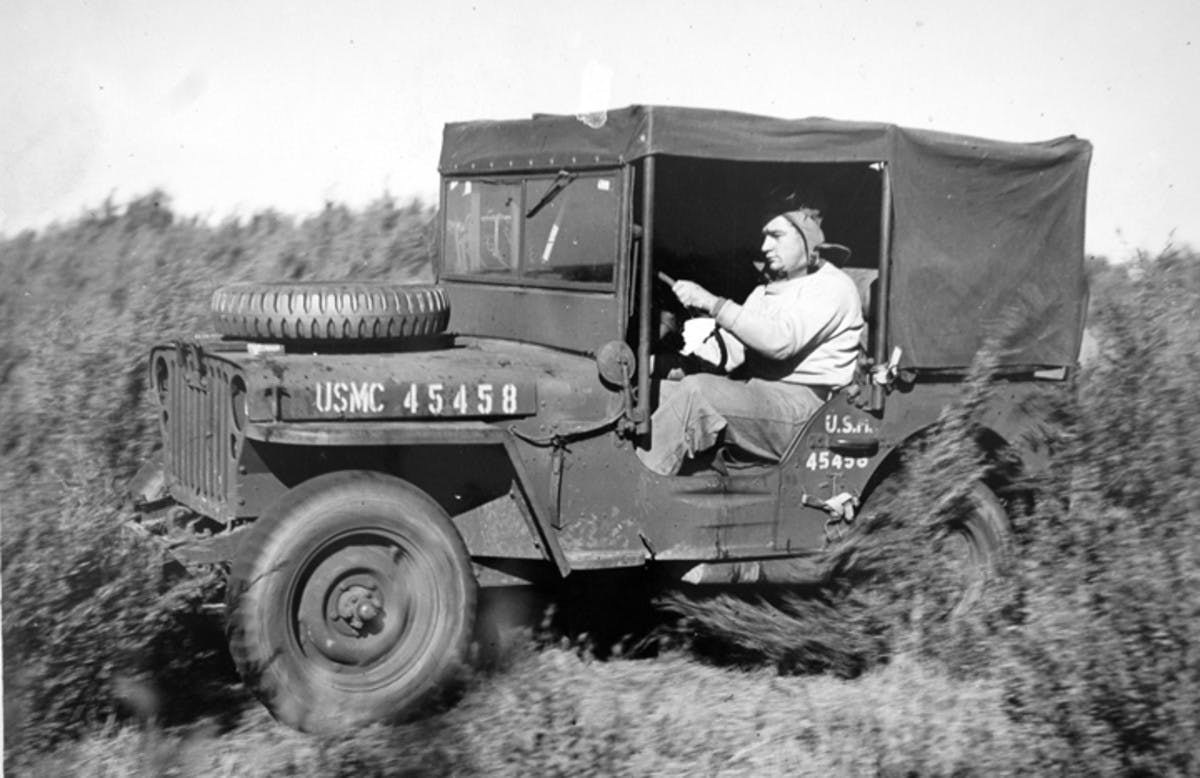
From Warfare to Wheels: Camouflage in Car Testing
In the ever-evolving landscape of the automotive industry, manufacturers are constantly pushing the boundaries of innovation to create the most advanced, efficient, and appealing vehicles for consumers. However, what remains relatively unknown to the public is the intricate and strategic testing process that these vehicles undergo before reaching the market. Surprisingly, some modern car manufacturers have adopted and adapted tactics from World War I-era camouflage techniques to ensure the secrecy and confidentiality of their vehicle prototypes during testing. This article aims to explore the fascinating intersection of history and modern technology, shedding light on how the automotive industry draws inspiration from the art of deception used during wartime.
A Historical Perspective: The Evolution of Camouflage Tactics
During World War I, military forces realized the strategic advantages of disguising their equipment and vehicles to confuse the enemy. Camouflage was employed not only to conceal positions but also to mislead and deceive opponents. Artists and military strategists collaborated to develop complex patterns and designs that effectively concealed equipment such as tanks, artillery, and aircraft. The principles of disruptive coloration, mimicking the surroundings, and creating false targets formed the backbone of these tactics, ultimately playing a significant role in the outcome of many battles.
Modern Adaptation in the Automotive Industry
Fast forward to the present, and the concept of camouflage has found a surprising new application in the world of modern car manufacturing. As automotive companies strive to maintain a competitive edge, they invest heavily in the development of prototypes and test models. To safeguard their designs from prying eyes and competitors, these manufacturers have integrated various elements of World War I-era camouflage tactics into their testing procedures.
One of the most notable strategies is the use of intricate vinyl wraps that feature disruptive patterns and visual distortions, effectively concealing the true design of the vehicle. These wraps are meticulously designed to break up the vehicle's silhouette, making it challenging for onlookers to discern specific features or body lines. By mimicking the natural environment or urban landscapes, these wraps also help the vehicles blend seamlessly into their surroundings during road tests and public demonstrations, preventing competitors from gaining insight into their new designs and technological advancements.
Moreover, some manufacturers have taken inspiration from the concept of creating false targets. They strategically place non-functional components or disguised features on their test vehicles, leading competitors and industry analysts to draw inaccurate conclusions about the vehicle's capabilities and technological advancements. This intentional misinformation allows manufacturers to assess the competition's response and refine their designs before the official launch, giving them a significant advantage in the market.
Challenges & Innovations
While modern car manufacturers have successfully incorporated World War I-era camouflage tactics into their testing procedures, they also face unique challenges in adapting these strategies to the automotive industry. Designing effective vinyl wraps that not only conceal the vehicle's features but also adhere to strict safety standards and regulations requires a delicate balance between art and engineering. Manufacturers continually invest in research and development to create wraps that withstand various weather conditions, maintain visibility for drivers, and ensure the safety of road users.
Additionally, the integration of false components and disguised features demands meticulous planning and coordination between design and engineering teams. Manufacturers must anticipate potential misinterpretations by competitors and industry experts, ensuring that the misinformation does not compromise the vehicle's overall performance and technological advancements.
Ethical Considerations & Public Perception
While the use of camouflage tactics in the automotive industry is primarily driven by the need for competitive advantage, it raises important ethical considerations and questions regarding transparency and consumer trust. Critics argue that the deliberate manipulation of information may create a sense of distrust among consumers, leading to skepticism about the authenticity and reliability of marketing claims and product specifications.
To address these concerns, some manufacturers have adopted a more transparent approach, providing limited glimpses of their prototypes and engaging in controlled teaser campaigns that generate excitement without compromising the integrity of their testing processes. By striking a balance between secrecy and transparency, these manufacturers aim to maintain consumer confidence while preserving their competitive edge in the market.
Future Implications
The integration of World War I-era camouflage tactics into modern car testing exemplifies the dynamic nature of the automotive industry, where innovation and strategic thinking go hand in hand. As technology continues to advance, manufacturers are likely to further refine their camouflage strategies, incorporating cutting-edge materials and digital technologies to enhance the effectiveness of their testing procedures.
While the use of camouflage tactics presents ethical dilemmas, it remains an essential tool for preserving the integrity of research and development in a fiercely competitive market. As consumers become increasingly aware of these practices, manufacturers must prioritize transparency and ethical conduct to build lasting trust and credibility within the industry.
In conclusion, the convergence of history and technology in the automotive industry showcases the enduring legacy of World War I-era camouflage tactics. By adapting these strategies to the demands of the modern era, car manufacturers continue to push the boundaries of innovation while navigating the delicate balance between secrecy and transparency in the pursuit of automotive excellence.








